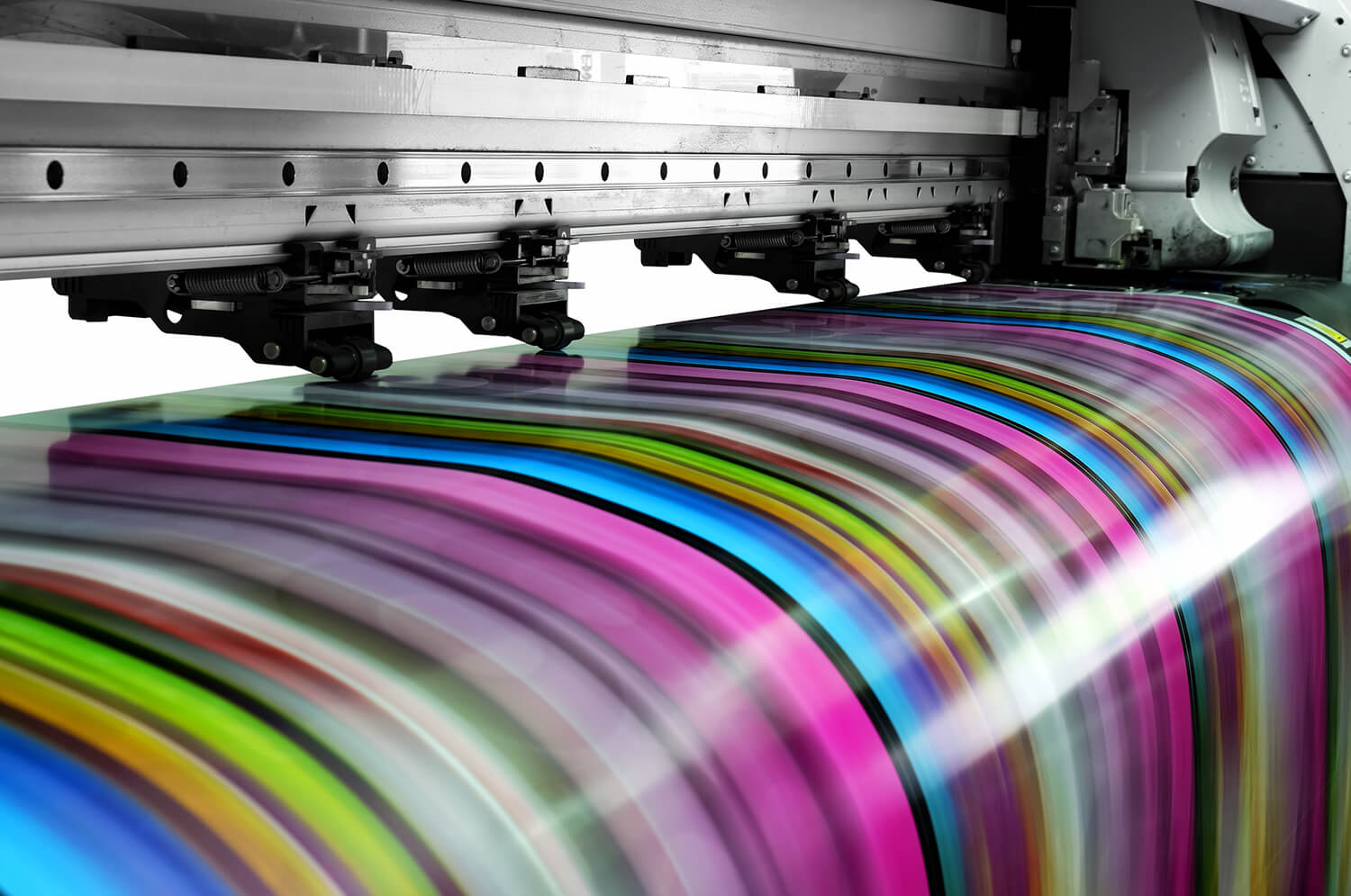Three Big Changes in the Print Industry

As Bob Dylan once sang, the times they are a-changin’, and so is the print industry. OK, so he didn’t sing about the print industry, but it’s still true. In 1994, there were roughly 46,000 printing companies in the United States, according to Printing Industries of America. Today, the number is closer to 26,000. But this doesn’t mean the industry is in trouble. Print is alive and well — it’s just different.
There are three big changes you should know about.
1. Rise of Digital
The rise of digital technology has caused shops to rethink their business models to survive. Most printers don’t just do print anymore. Successful print businesses are those that focus on efficiency and are expanding service offerings to better meet client needs. These services can include database management, e-commerce and digital storefronts, transactional printing, web hosting, custom publishing and content development, wide-format printing, promotional items and wearables, omnichannel marketing, and packaging solutions and labels.
Companies that have forged relationships with clients can and should use that to their advantage. Customers are turning to people they trust to help them navigate the digital world. Years ago, no one wanted to work with a company unless it was a proven expert. Now, clients are willing to take more of a chance on your company if they’re happy with you and trust you.
2. Focus on Customers and Strategic Approach
Printers aren’t necessarily losing customers, but many are seeing a decline in the number of prints that clients are requesting. To grow and keep up, printers are taking a more strategic approach.
Companies like ours have planned for changes in the industry for decades. Starting in the ’80s, F.P. Horak began adding amenities like sheet-fed equipment, black-and-white digital printing, and digital color and mailing services. More recently, we have incorporated custom publishing, creative design services and e-commerce technology platforms. These are all changes that are in high demand from customers.
3. Careful Investment
Print equipment is not cheap. Digital presses can range from $1 million to several million dollars. With the decline of traditional print, printers must be especially careful with the choices of equipment in which they invest. In the past, companies could make a mistake in purchasing and be all right. Now, if a company buys equipment that it doesn’t get optimum use of, it could shut down the business. This doesn’t mean that printers shouldn’t invest in equipment. It just means printers need to stay abreast of technology and invest when it makes sense for their clients’ needs. Printers need to find opportunities, come up with solutions and earn the business, then add the technology.
F.P. Horak watches and predicts trends to stay ahead of the curve and offers new services and technologies to our customers before they even know they need it. F.P. is focused on saving customers time and money through our strategic approach, latest technologies and innovative, creative solutions. To learn more about our printing solutions, visit fphorak.com.
Enjoy this article? Share it!
Enjoy this article? Share it!
